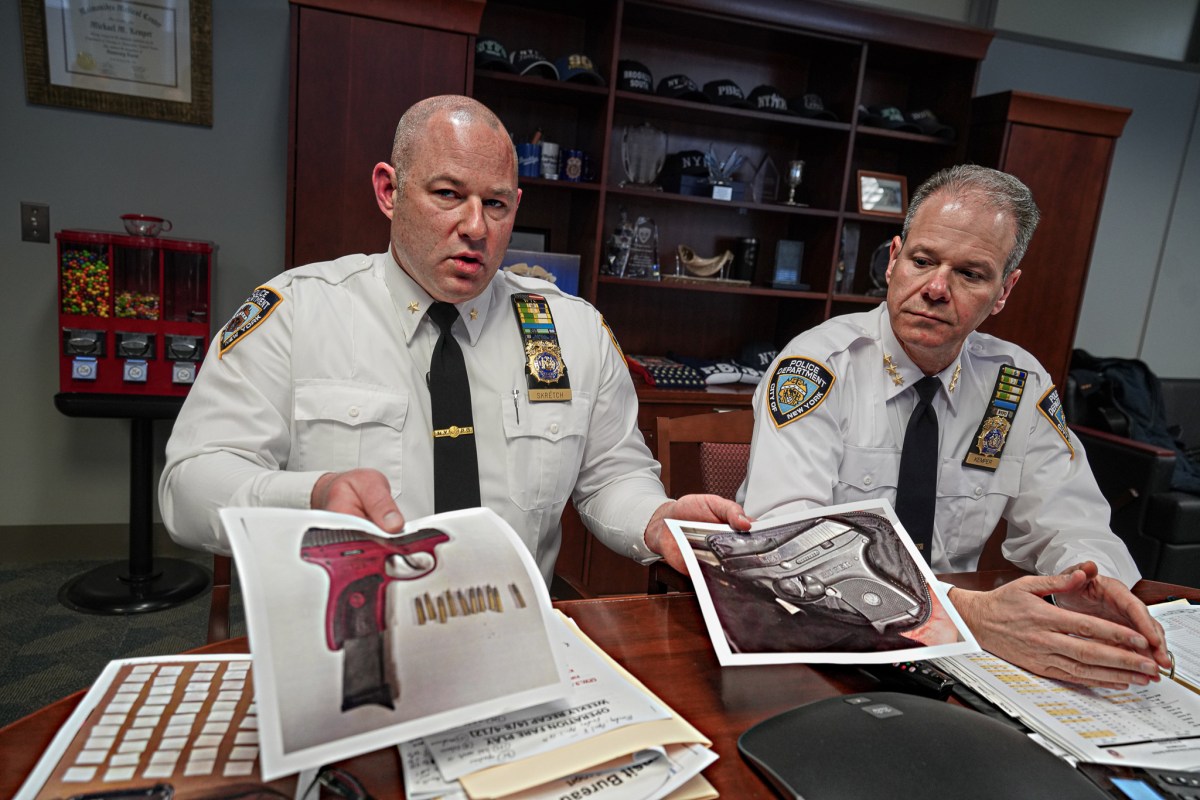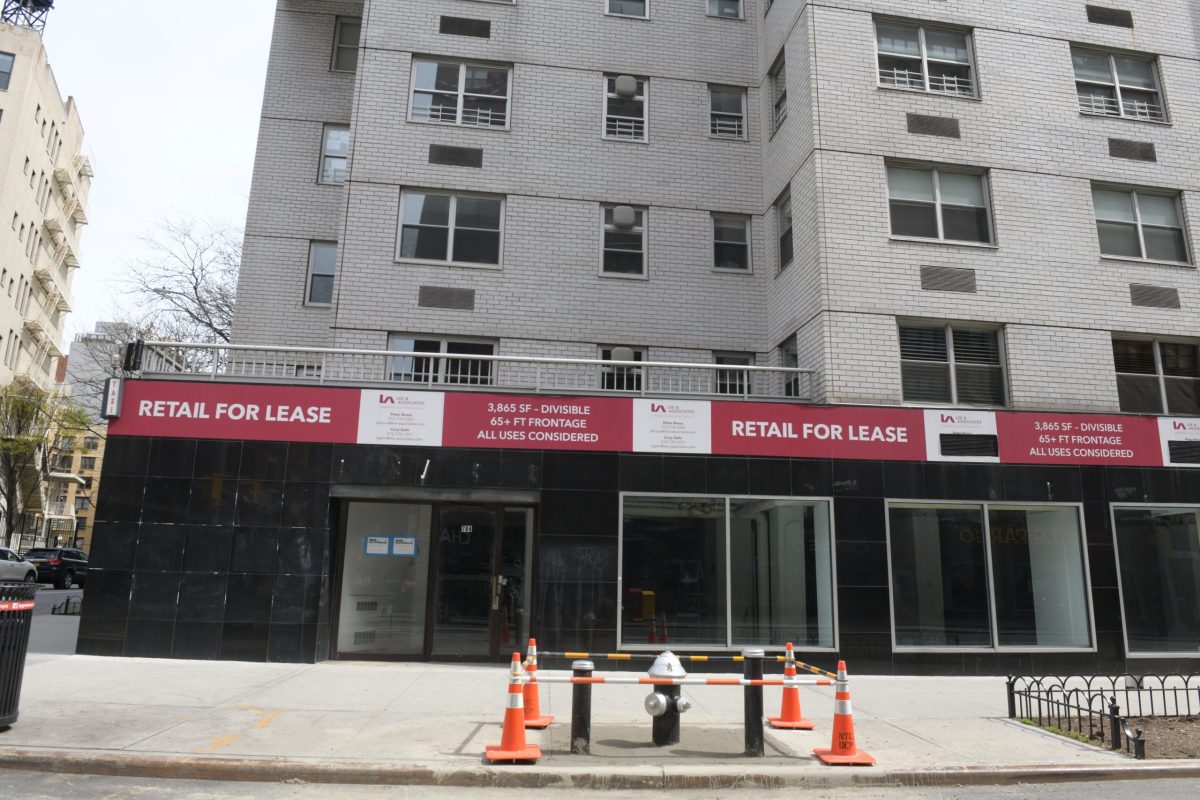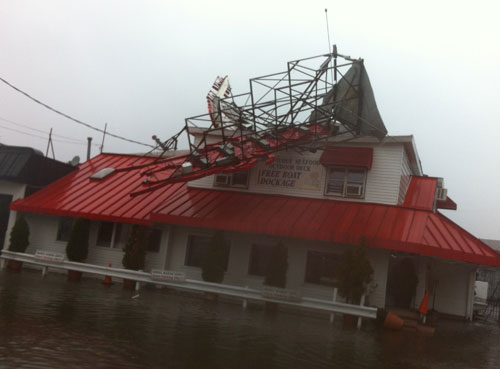Safeguarding the food supply, water-absorbing wetlands in Pelham Bay and installing barriers in the east Bronx are the wave of the future in fighting mega storms.
They are part of Mayor Bloomberg’s lofty $20 billion plan to save the city from the effects of global warming.
The plan under Bloomberg’s PlaNYC initiative, would keep 80 miles of Bronx shorelines from winding up awash by impending storms, which scientists predict will intensify over the next few decades thanks to climate change.
The report was inspired by last year’s crushing Superstorm Sandy, which created the least amount of damage in the Bronx when compared to other boroughs.
Still, a portion of the boroughwide plan, detailed in the 438-page analysis report named “A Stronger, More Resilient New York,” has been earmarked for the following:
•Bulkheads at Locust Point
•Installation of an offshore breakwaters and jettu system for City Island, Country Club, Edgewater Park and Throggs Neck.
• Orchard Beach replenishment
• Improved utility and phone service
• More Special Bus Service
• Bluebelts (sewer diversion systems) in Van Cortlandt Park
• Utilizing ferry service in the Bronx (idea in review by city Economic Development Corp.)
Keeping Food Supply Safe
But the Bronx’s largest flood mitigator would be the installation of a blockade around the vulnerable Hunts Point Food Distribution Center, which deals with most of the city’s food supply.
Touching the floodplain’s edge, the 93-acre site packages and distributes thousands of pounds of delicacies, fruits, vegetables and beverages throughout the Bronx each day.
“Sandy spared Hunts Point the worst of its impacts,” read the report. “However, complacency in the wake of Sandy would be a mistake, as the food supply system may not escape significant impacts in the next extreme weather event.”
The defense barrier, dubbed an Integrated Flood Protection System, would keep flood surges at bay. City officials look to commission a study late this year, with conceptual designs completed next year. If approved, multiple city agencies will help construct the barrier by 2016.
Bulkheads for Locust Point
Elsewhere, officials are eyeing bulkheads for Locust Point, a waterfront community that sustained serious damage during October’s Superstorm Sandy.
The flood-prone neighborhood saw many homes destroyed by surge, which also knocked out the Locust Point Civic Association house.
Chrys Napolitano, active with the group, believes bulkheads are a welcome relief for the area.
“It’s a start,” said Napolitano. “They’re acknowledging a problem, and now the next step is figuring out how to implement it.”
The city-owned bungalow suffered thousands of dollars in damage. But workers are now in the middle of re-building the house, hoping to finish by midsummer.
“We can start hosting some forums with the city to explain how all this stuff is going to get implemented,” said Napolitano.
In allocating resources for punishing storms, Congressman Joe Crowley cheered Bloomberg’s plan, labeling it “important” in combating climate change.
“…[A] multipronged approach with significant investments in our infrastructure is needed to safeguard our communities,” said Crowley, whose district covers the east Bronx.
Councilman Jimmy Vacca, representing a chunk of the east Bronx, has been making the rounds at Community Boards 10 and 11, providing highlights to the plan.
The outgoing Bloomberg administration estimates federal and state monies will help carry out the plan, though the city would have to cough up $5 billion.
David Cruz can be reach via e-mail at DCruz@cnglocal.com or by phone at (718) 742-3383
























